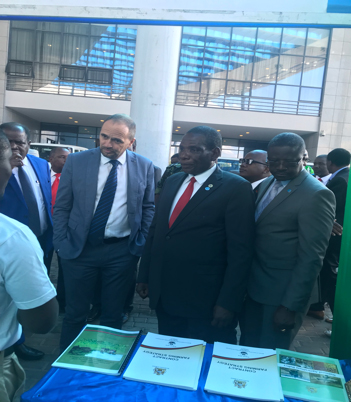(Post written by Paida Mpaso, communication specialist for NAPAS: Malawi, originally published on the Food Security Policy website.)

On 13th June 2018, the Government of Malawi (GoM) through the Ministry of Agriculture, Irrigation and Water Development (MoAIWD) launched the National Agriculture Investment Plan (NAIP) after nearly two years of coordination and development, starting in September 2016. NAIP is a medium-term investment framework for the agricultural sector covering a five-year period from FY2017/ 2018 through FY2022/2023.
The NAIP is the main implementation vehicle for the National Agriculture Policy (NAP). It is a second-generation agriculture investment plan for Malawi, following the Agriculture Sector Wide Approach (ASWAp) which ran from 2011 through 2016. NAIP provides a framework to coordinate and prioritize investments by various government agencies, development partners, and non-state actors in the agriculture sector.
There are four programs within NAIP, including: 1) Policies, institutions and coordination; 2) Resilient livelihoods and agricultural systems; 3) Production and productivity; and 4) Markets, value addition, trade and finance. Additionally, NAIP covers 16 interventions areas, ranging from farmer organisations and food and nutrition security, to investments in agribusiness, and access to financial services, among others.
Implementation of NAIP will be key to achieving the sector objectives, such as broad-based growth, poverty reduction, food and nutrition security, resilience, climate change adaptation and trade development.
To read more about the launch event, please read the original post on the Food Security Policy website.
